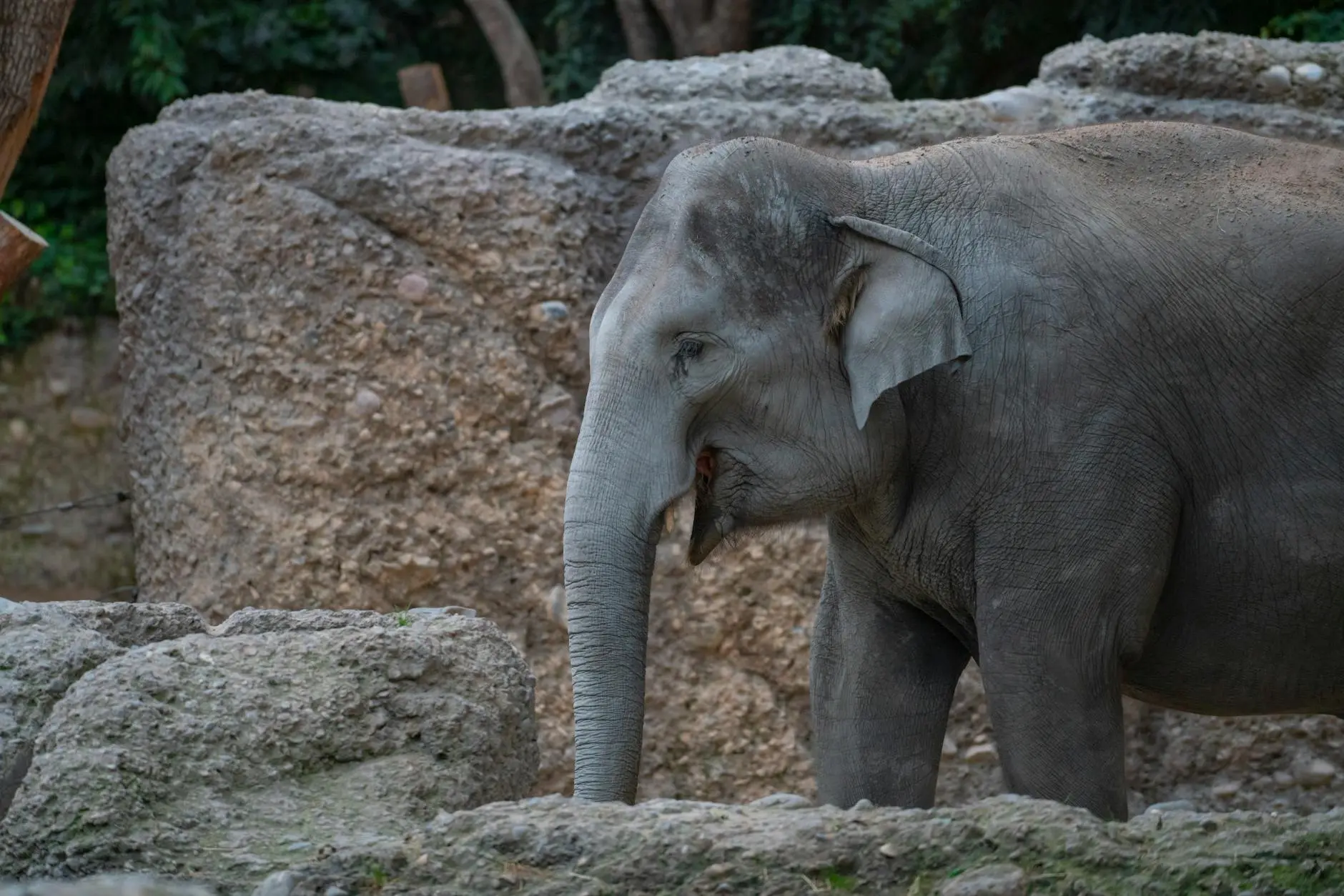A team of researchers from the National Centre for Biological Sciences (NCBS) and the Indian Institute of Science (IISc) in Bengaluru has revealed significant findings about the genetic diversity of Indian elephants. Their study indicates that these majestic creatures migrated from northern India to the south over thousands of years, gradually losing genetic diversity with each migration.
Study Highlights Genetic Populations Across India
Published in the latest issue of Current Biology, the study involved analyzing whole genome sequences from blood samples collected from both wild and captive elephants across India. The research identified five genetically distinct populations: one along the Himalayan foothills from northwest to northeast India, one in central India, and three populations in the southern regions.
According to the last national census conducted in 2017, India is home to over 29,000 elephants. The southern populations account for approximately 14,500 elephants, while the central population is estimated at over 3,000. The northern population comprises the remaining 12,000 elephants, with about 2,000 in the northwest and 10,000 in the northeast.
Evidence of Migration and Genetic Divergence
The study, titled “Divergence and Serial Colonization Shape Genetic Variation and Define Conservation Units in Asian Elephants,” provides evidence that Indian elephants migrated southward over time. The northern elephant population diverged from all other Indian populations more than 70,000 years ago. Central Indian elephants diverged from the rest more than 50,000 years ago, while divergence among the three southern populations occurred approximately 20,000 years ago.
The research underscores that the southernmost population, located south of the Shencottah Gap connecting Tamil Nadu and Kerala, exhibits the lowest genetic diversity. Lead author Anubhab Khan, now with IISc Bangalore, notes that this reduction in genetic variation may result from a phenomenon known as the serial founder effect, where a small number of individuals from one population migrate to establish new populations.
Implications for Conservation Strategies
The study highlights the urgent need for targeted conservation strategies for key elephant populations. The isolated southern population, which consists of fewer than 150 elephants, is particularly vulnerable to extinction risks, according to Professor Uma Ramakrishnan from NCBS.
Previously, the Palghat Gap was thought to separate the southern elephant populations; however, the study reveals that the Shencottah Gap further south also restricts elephant movement, leading to three distinct populations: one north of Palghat, one between Palghat and Shencottah, and another south of Shencottah.
Confirmation of Previously Identified Populations
Additionally, the study confirmed two previously identified elephant populations. The central Indian elephants, located between southwestern West Bengal and eastern Maharashtra, constitute the fourth genetically distinct group, while the fifth population comprises elephants in the northwest (Uttarakhand and Uttar Pradesh) and northeast, largely separated by the Ganga and Brahmaputra rivers.
Urgency for Habitat Connectivity
The research team emphasizes the importance of maintaining habitat connectivity for these populations. Professor Ramakrishnan warns that recent infrastructure developments could further disrupt gene flow among the three populations in the Western Ghats.
The identification of these five genetically distinct populations emphasizes the need for region-specific conservation efforts. The research team also plans to develop a genetic toolkit based on DNA extracted from elephant feces to monitor populations more accurately and identify individual elephants in the wild.
Discover more from
Subscribe to get the latest posts sent to your email.







